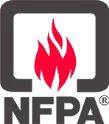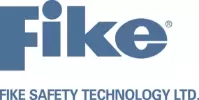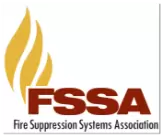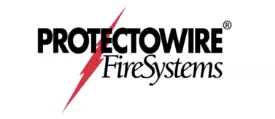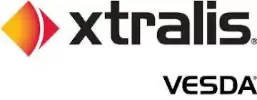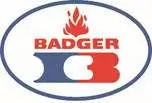Your Most Pressing Questions Answered By The Experts
Sometimes, having a fire management system isn’t enough. You need to go a step further and ensure that you have the right system for your premises and that all the people under that roof know exactly what to do in case of a fire. We know that fire is a serious threat to life and property and want our clients to always be prepared and know what to do whenever they hear that fire alarm or detect a fire.
Fire Protection Team has vast experience in the design, installation and maintenance of fire warning and suppression systems. Over time, we’ve come across a wide range of customer and real-world user questions related to fire protection systems. Here are the frequently asked questions and their answers.
We’ve split them into four main categories:
Fire Sprinkler FAQs
No. Smoke or dust won't trigger the system — only heat from a fire can. Fire sprinkler systems have a bulb that holds back the shut-off valve for the water pipes. When the air reaches a high enough temperature, the liquid in these bulbs expands and shatters the bulb, releasing the water and triggering the sprinkler system.
Yes, fire sprinklers will cause damage to electronics and other valuables that are not water resistant. However, the damage is less severe as opposed to what the fire will do to your belongings or even worse, the entire building.
As many as is required to douse every foot of the floor with a steady spray of water in case a fire breaks out. Be sure to speak with the proper authorities as fire protection for buildings is on a case-by-case basis.
Shutting off the water isn’t a wise idea. Let the sprinklers run until the fire department turns them off. Turning them off too soon might let the fire reignite.
Fire Extinguisher FAQs
There’s no fixed answer to this. The number depends on building size and design. The rule of thumb is that there shouldn’t be more than 50 feet between Class B extinguishers or 75 feet between Class A extinguishers. A multi-level building must have at least one extinguisher on each level too.
There are 5 classes of fire extinguishers each identified by a letter. A – Regular combustible material fires (paper, plastic, wood, fabric); B – Flammable liquid fires (gas, petroleum and so forth); C - Electric fires; D – Metal fires; K – Cooking oil and fat fires.
No. This isn’t advisable. Only let our designated technicians inspect and perhaps replace your equipment. Discharging a fire extinguisher could cause a drop in the content’s pressure hence making it useless or less effective. If your extinguisher has a pressure gauge, always ensure that the pointer is in the green section.
The size of a fire a specific fire extinguisher can handle depends on the technique used and the extinguisher’s size. Most extinguishers will have a rating before the letter discussed above. Class A extinguishers are rated in comparison to what a gallon of water can do. 2A means it’s as effective as two gallons of water. The other classes estimate fire size by feet. 10C means it can tackle a 10-square-foot fire.
Fire Alarm FAQs
A fire alarm can be ionized or photoelectric. Photoelectric alarms are good at detecting smoke while ionization alarms are best for fast-moving fires that don’t smolder and smoke slowly. You will need a hybrid fire alarm or both types of alarms since you can’t dictate what kind of fire to expect.
Fire alarms beep at intervals to warn you of a fault. It could be a low battery, a dirty or obscured sensor, or the need for a reset. You can always call our technicians to check it out.
Well-maintained fire alarms last between 10 and 20 years. Regular inspection and maintenance is all you need to tell if yours is still working. Remember running outdated models could put you at risk. Replacing every five years even if it’s still working might be wiser.
Fire Pump FAQs
Fire pumps ensure that the water headed to your sprinkler system or in-house fire hydrants is at the right pressure. The pressure needed could be more than what an overhead storage tank can provide at a given floor for efficient fire dousing.
A fire pump inspection by our technician seeks to ensure that your pump will kick in whenever needed. It will not only check the power supply (electrical lines for electric pumps and fuel levels and engine performance for diesel pumps) but also ensure that the trigger system is working.
This depends. You don’t need a fire pump if your overhead water reservoir or your city council water system provides enough pressure to power a sprinkler system. It is always important to know for sure and have an inspection to ensure you make a clear and informed decision.
You can start by scheduling regular maintenance checks from the pros. After this, check the water reservoir tank or dam frequently to ensure that your pump has access to sufficient water at all times.
Choose Fire Protection Team for Your Fire Safety Services
Do you have more questions about fire safety? Don’t hesitate to ask our fire protection team! At Fire Protection Team, our goal is to keep you and your business safe.
Fire Protection Team offers a wide range of fire and life safety services and equipment for businesses of all types and sizes in Connecticut, New Hampshire and other New England areas. Our highly-trained fire protection technicians are well versed in NFPA codes and will work closely with you to ensure your business is code compliant and safe.
Contact us online or call our fire protection experts today at 203.250.1115 !

